LOLIWARE: The Seaweed Straw of the Future

We caught up with Chelsea Briganti, founder and CEO of LOLIWARE, while onboard the National Geographic’s ship, SeaBird, for the first week of the Sustainable Ocean Alliance’s (SOA) Accelerator at Sea this September. LOLIWARE was part of the inaugural cohort of SOA’s ocean-tech focused accelerator in 2018.

Chelsea Briganti, Founder & CEO of Loliware
LOLIWARE is a Closed Loop Ventures’ portfolio company that is pioneering biomaterials derived from seaweed to replace plastics; healing the planet by making single-use plastics obsolete.
Born in Hawaii, Chelsea grew up feeling a strong connection to the ocean, where she was baptized, nourished, and calmed by the waves throughout her childhood. This, along with her industrial design background and desire to use her skills to create a better planet, have helped propel LOLIWARE forward. The company is now working with several Fortune 500 companies and partnering with Marriott and Pernod Ricard to disseminate millions of plastic-free straws.
We sat down with Chelsea to catch up on the latest news. This interview has been condensed and edited for clarity.
With the help of a team of material scientists, food technologists, seaweed biologists, and biopolymerists, LOLIWARE wants to replace the 360 billion plastic straws used globally every year. How far along on this journey are you?
We’re currently underway with a massive scaling effort. This is where most startups completely drop the ball. They have a great idea, it could be world-changing, but they struggle to take it from the lab to mass scale.
Fortunately, I learned a lot from our initial work at LOLIWARE on the cup. We were creating a cup that you could eat rather than throw away. It was an interesting idea and helped put us on the map, but we dropped the ball on the manufacturing side. I learned that LOLIWARE’s strength and core competency, our real sizzle as a company, is our material technology and innovation pipeline, it’s not that we’re manufacturing geniuses.
What we are is a leading materials innovation technology company. This means that we continue to pioneer biomaterials derived from seaweed to replace plastics at scale. We’re doing this by inventing new materials and inventing the process to scale these new materials. We can then take these two blueprints to a plastic manufacturer, for example, and license them. Plastic manufacturers will be dinosaurs unless they evolve with current regulatory and market forces. There are tons of bans on plastics and millennials don’t want plastic anymore. We’re pitching a new technology to help manufacturers evolve with the times.
LOLIWARE’s straw feels just like a traditional plastic straw, but it’s 100% plant-based, hyper-compostable, and marine degradable. What’s the significance of seaweed in your mission to heal the ocean?
The reason seaweed is so special is because it sequesters carbon as it grows and has a fast, renewable lifecycle of four to six weeks. What comprises the seaweed is cellulose, naturally occurring polymers, and proteins. All of these represent opportunity. They can be used for other packaging innovations, for example, you can create a SeaPulp™ by extracting cellulose from seaweed. This can be formed into any shape, with the added benefit of avoiding any health issues associated to PFAs.
When you look at our competition, the only consequential one is paper. You’ve got tons of fiber companies on the scene and China has said that their solution to plastic is paper. But, you’re going to start seeing backlash against paper. In some cases, paper has a worse carbon footprint than plastic because of its inputs: Trees have a long lifecycle and often you have to transport them thousands of miles for processing. We are tree-free and rainforest-free, believing that these precious carbon sinks should remain intact versus be used for packaging.
Seaweed is definitely part of the future of replacing plastic. All of our seaweed is sustainably sourced. Our supplier in Europe harvests it in accordance with strict regulations. Right now, less than 1% of it is harvested and, in turn, LOLIWARE only uses a fraction of that.

LOLIWARE has already built a strong and recognizable brand, appealing to consumers who want to avoid plastics, toxins, and GMO products, among other things. How important has branding been for growth?
You have to have a killer technology, but you also have to have a killer brand, especially given the current climate. I got a lot of push back from early-on investors in LOLIWARE. They felt like we were wasting time, asking “Why do you even have a social media presence?” But I always knew they were wrong. We’re B2B2C and we’re a movement to go plastic-free. We’re also a technology to replace plastic. Both of these things come together. That’s the secret sauce. There is no brand of paper straws or corn-based plastics that people identify with, yet people connect with LOLIWARE. It’s important to be clever, to be fun, and to have beauty in sustainability when it comes to branding.
We also really focus on being a women-empowered brand. For the longest time, women’s inventions have been sitting on the sideline – underfunded and underdeveloped. Yet, women have a lot of buying power and care about sustainability. Now is the time to rally them. We need more women in leadership to solve the problems of the ocean and the planet.
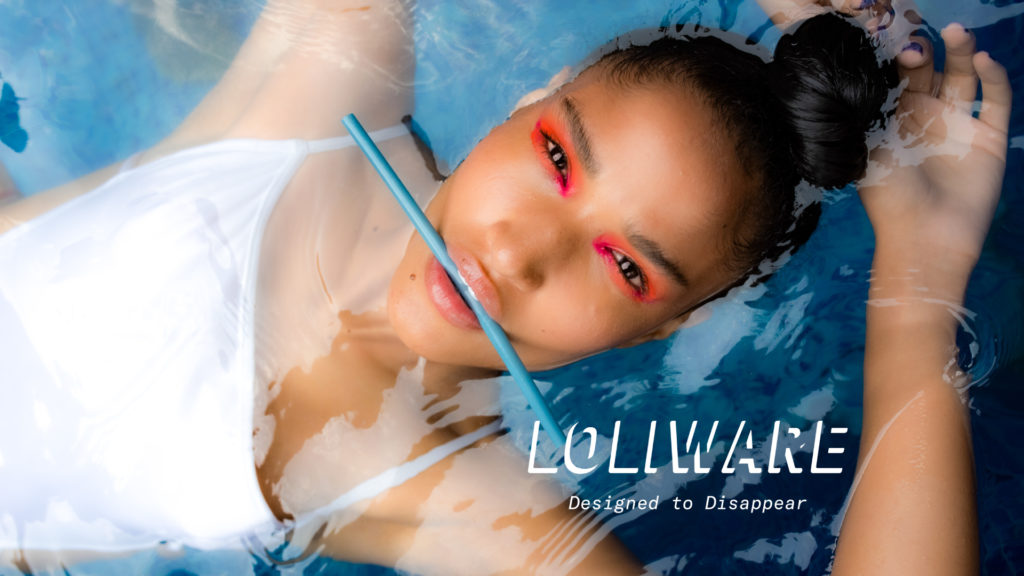
And lastly, we can’t ignore the incredible natural environment we’re in right now as we head toward Sitca, Alaska. How do natural backdrops like this help to inspire your work?
When you’re an entrepreneur you can easily sequester yourself in the office and become hermetic. For me, I’m inspired by nature’s vast expanse. I love how Charles Eisenstein expresses the importance of being in places where the dream of the planet still lives. You definitely feel that here. It’s the dream of the planet, a pristine natural environment. You get the visceral sense that you are on the planet versus in a manmade landscape like New York City. Too often we’re in landscapes where everything is made by us and we can quickly become disconnected from the natural world. It’s important to be able to take the mental image of the dream of the planet back to your work. It’s what we’re trying to protect or even recreate in places where the dream of the planet is dead or dying.
Related posts
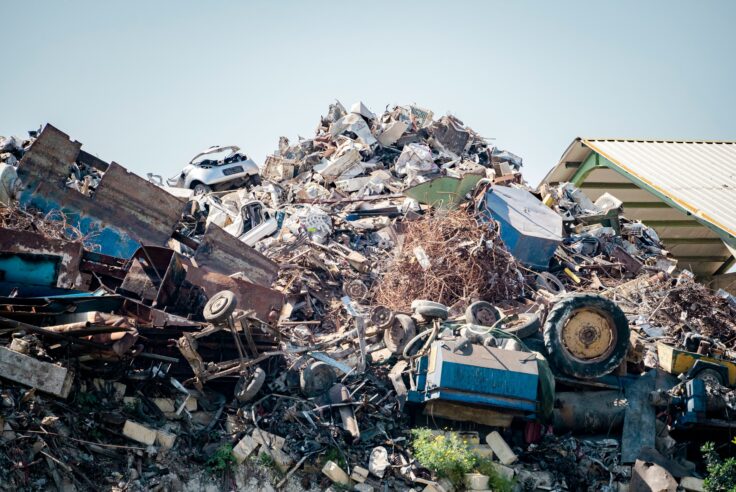
Blog Post
The Hidden Value of Scrap Metal: Why Local Recovery...
VALIS discusses circularity of metal processing, and...
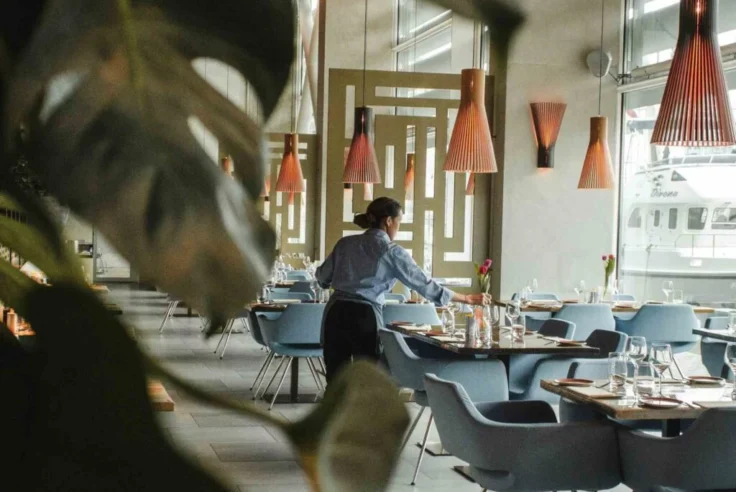
Blog Post
How AI Can Reduce Food Waste at Restaurants
Closed Loop Ventures Group led the seed investment...
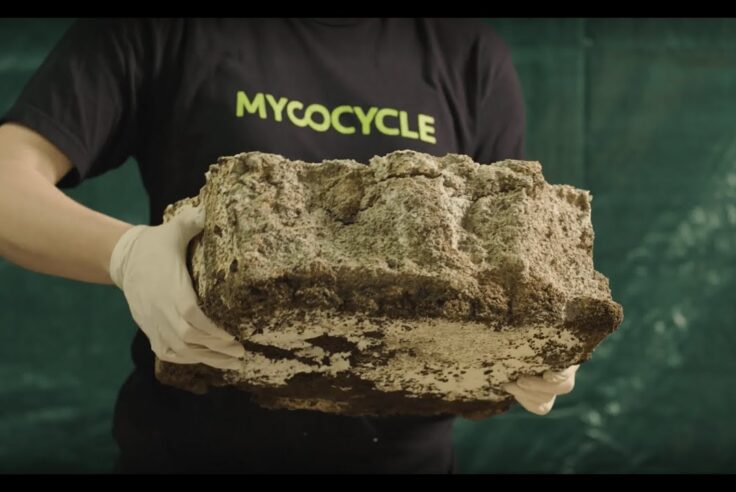
Blog Post
Why We Invested in Mycocycle: Nature-Inspired Circular...
Closed Loop Partners’ Ventures Group saw a key opportunity...
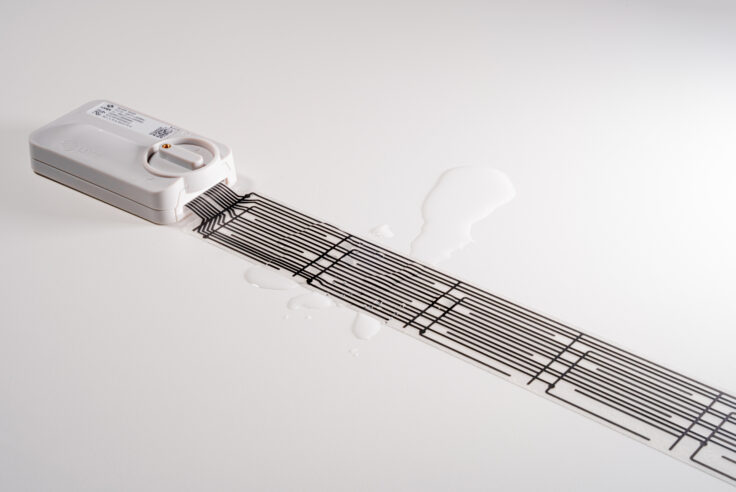
Press Release
Closed Loop Partners Leads $4M Seed Round for LAIIER,...
Investment in the innovative liquid leak detection...
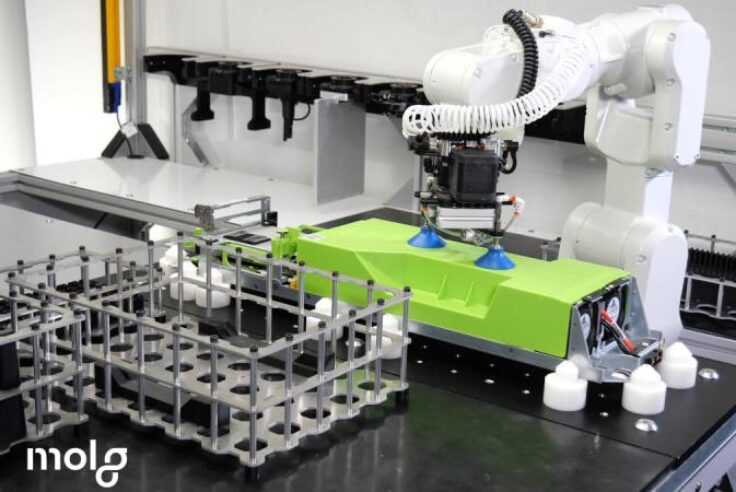
Blog Post
Making Circularity Stick: Electronics
A conversation with Rob Lawson-Shanks, CEO of Molg...
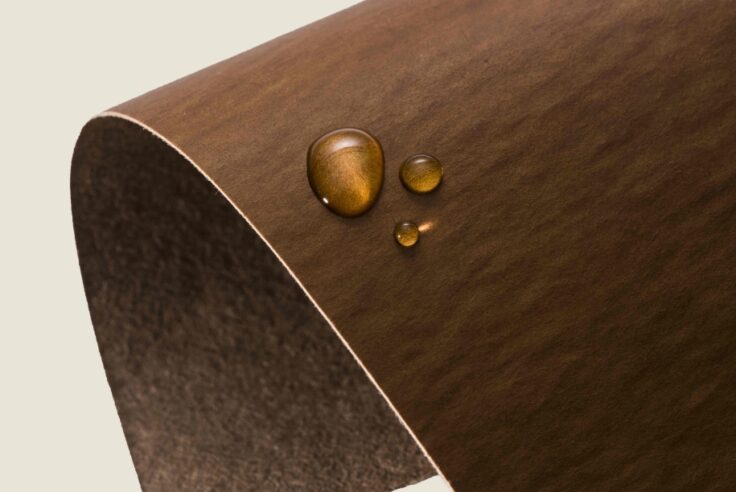
Press Release
Closed Loop Partners Doubles Down on Investment in...
Closed Loop Ventures Group joins Earthodic's $4 million...
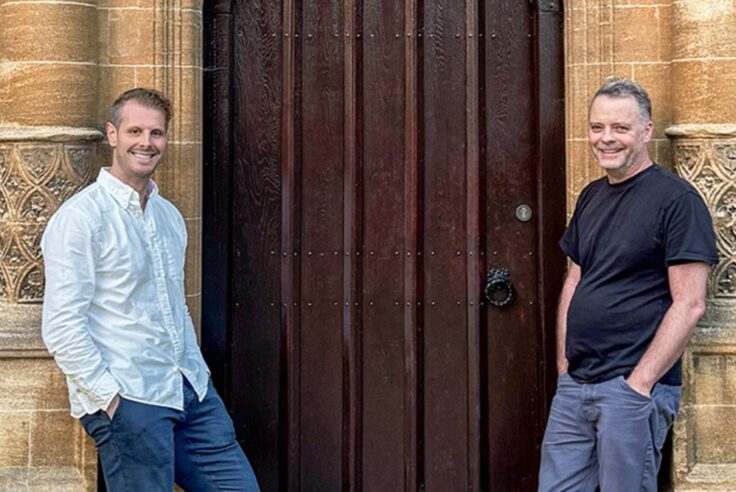
Blog Post
Why We Invested in Neutreeno: Engineering Circular...
Neutreeno offers a game-changing solution that seamlessly...
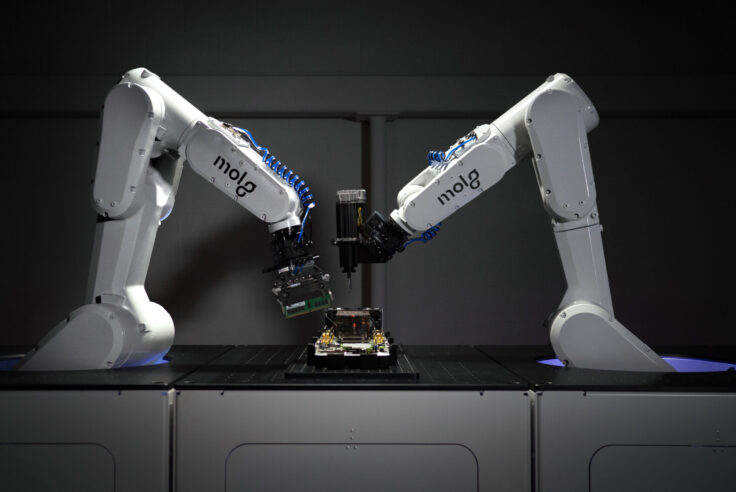
Press Release
Molg Raises $5.5 Million in Seed Funding to Tackle...
Closed Loop Partners' Ventures Group leads seed funding...

Blog Post
How the Apparel Industry Is Challenging Us to Think...
The high cost of textile waste has sparked the need...
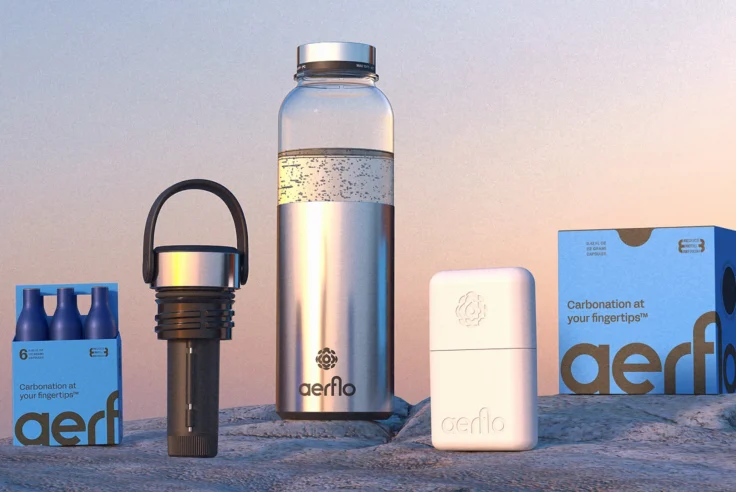
Blog Post
Why We Invested in Aerflo: Making Reuse an Everyday...
Closed Loop Ventures Group is thrilled to announce...
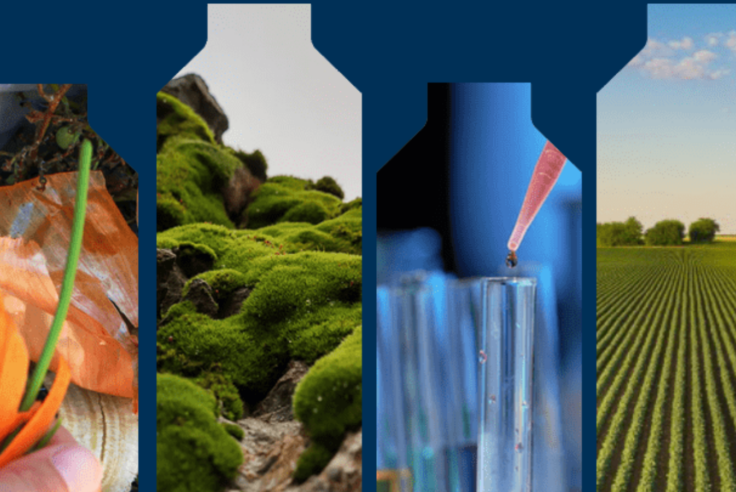
Blog Post
Why We Invested in Capra Biosciences: How Microbes...
Today, we are witness to a rapidly changing manufacturing...
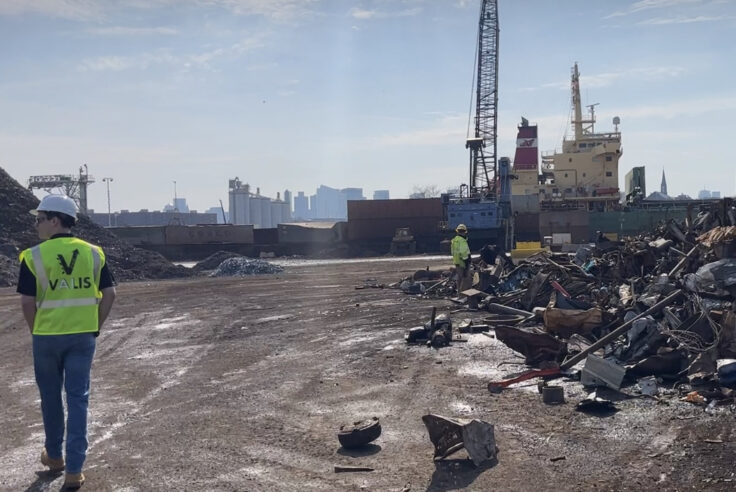
Blog Post
Why We Invested in VALIS Insights: Bringing Circularity...
Closed Loop Partners invested in VALIS Insights because...
